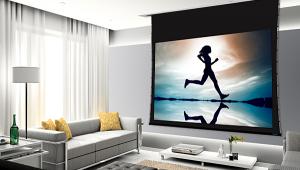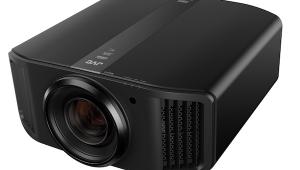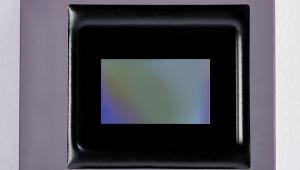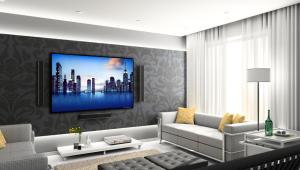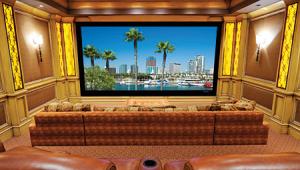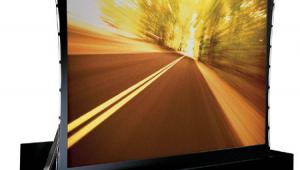Calculating Angle for Retro Reflective Screens
• Know where and how your screen should be positioned in accordance to where your viewers shall be.
• Make sure your angle of projection is correct regardless of whether the projector is tabletop or ceiling-mounted.
When positioning your screen, the optimal alignment with the human eye should be with the bottom third (1/3) of the screen’s overall height. (Note, the average height of the human eye level is 50 inches (127cm) seated and 60 inches (152.4cm) standing.)
When placing your seating, the optimal viewing distance from which one can comfortably view a projection screen is 1.5 times the screen’s actual width.
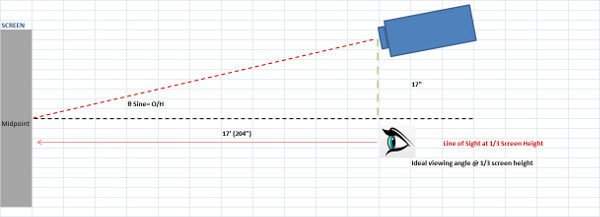
Normally, you can use dead reckoning to gauge a reasonably good vertical projection angle inside of 5 degrees. However, if you insist on doing the math, here is the procedure to calculate your angle:
• Pretend your projector is 17 feet (204 inches) from your screen and 17 inches above the screen’s center. First, find the diagonal measurement (red dotted line) using the following equation. Square the two measured distances and add them together; then get the square root of the solution: 204² + 17² or (41616 +289= 41905) then √(41905) = 204.7 inches.
• From this, you've calculated that your diagonal is roughly 205 inches. Using a scientific calculator, divide your vertical (17 inches) by the diagonal (205 inches) = 0.0829268.
• From this, calculate the Arcsine using the inverse key (sin−1). Your answer is 4.75 degrees. Since the angle is within 5° of the projector’s vertical axis, this installation is appropriate for a retro reflective material.
Of course, if math isn't your strong suit, you can leave all of this to a professional installer!
The information provided in this sidebar was written and submitted by Dave Rodgers, marketing manager for Elite Screens Inc., a 20-year professional in the audio/video and wireless communications industries. Elite offers several ambient light rejecting screen materials for different applications, including its popular Aeon Cinegray.
